Experience: Child Survivors
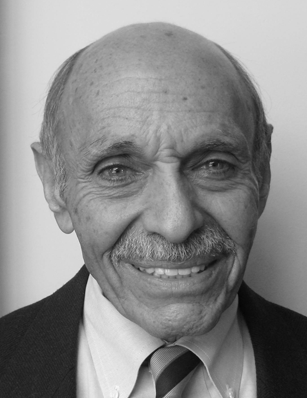
|
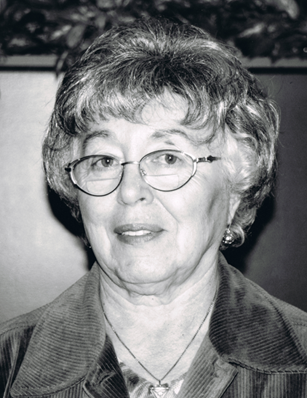
|
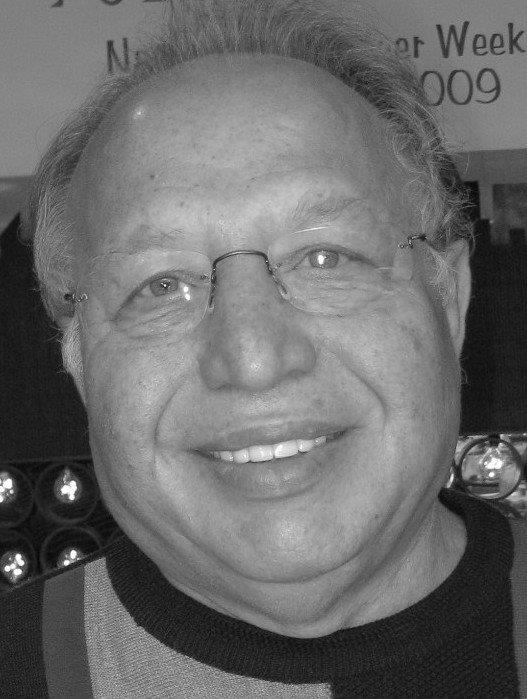
|
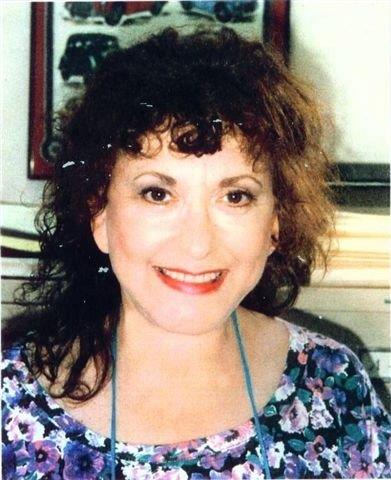
|
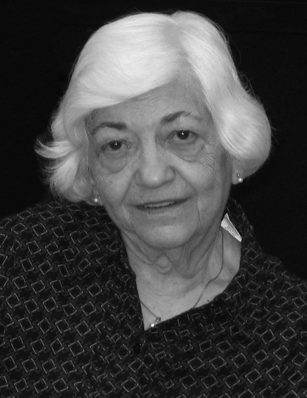
|
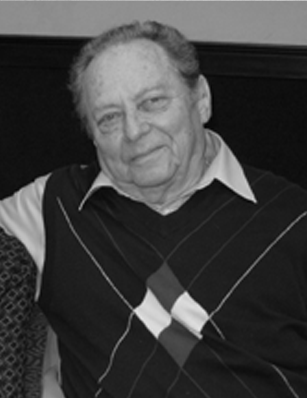
|
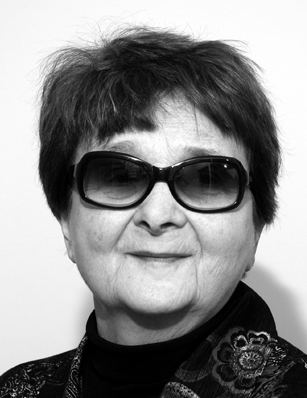
|
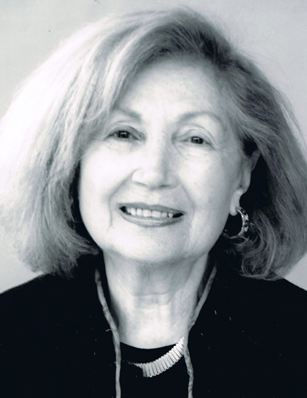
|
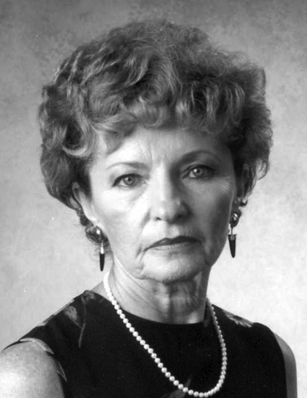
|

|
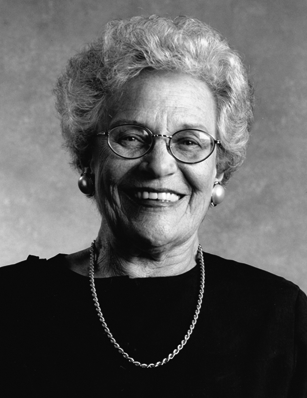
|
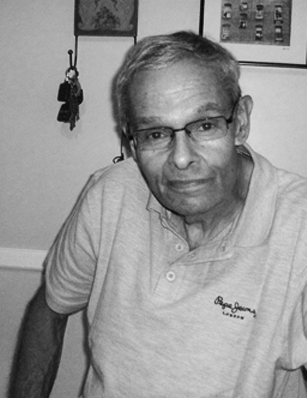
|
|
|
|
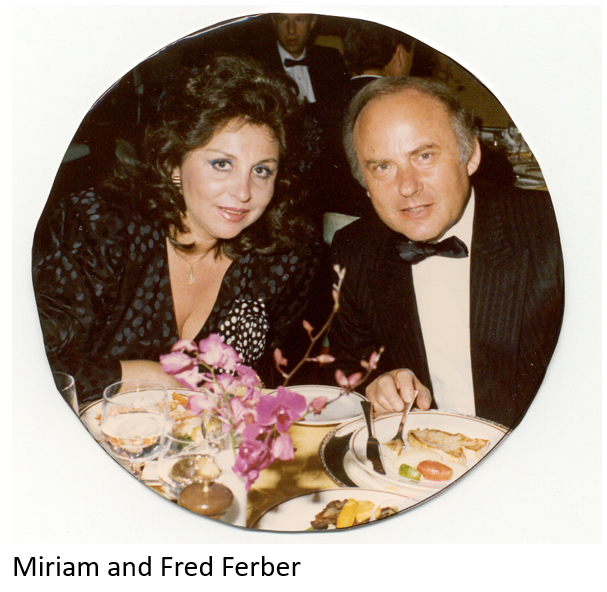
|
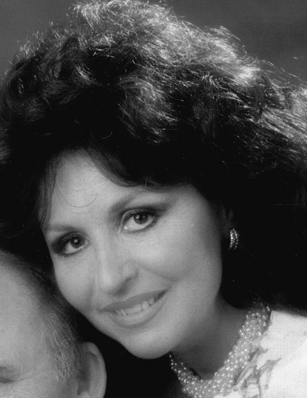
|
|
|
|

|
|

|
|
|
|
|
|
|
|
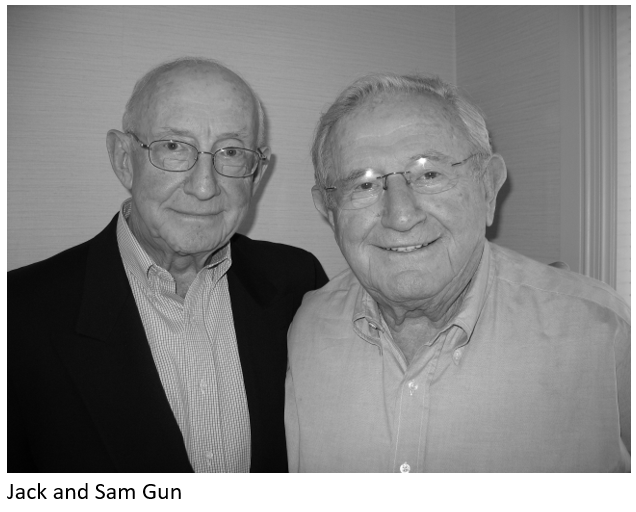
|
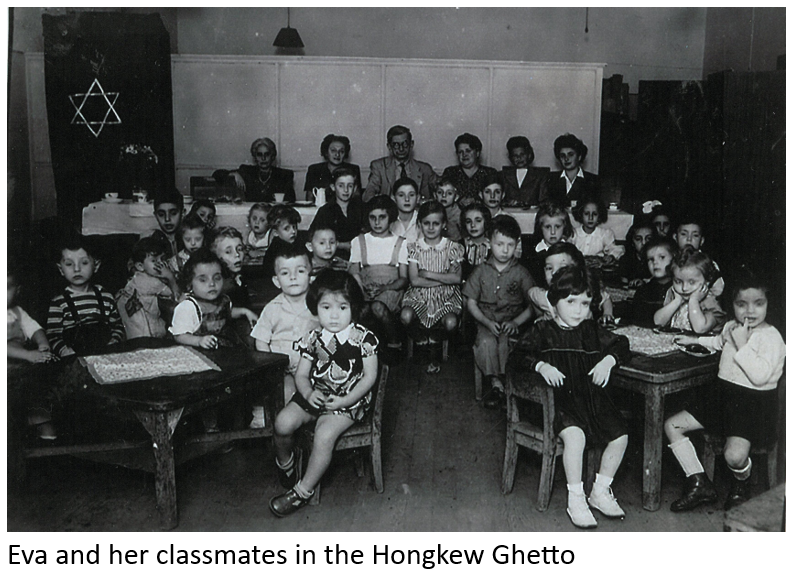
|
|
|
|
|
|
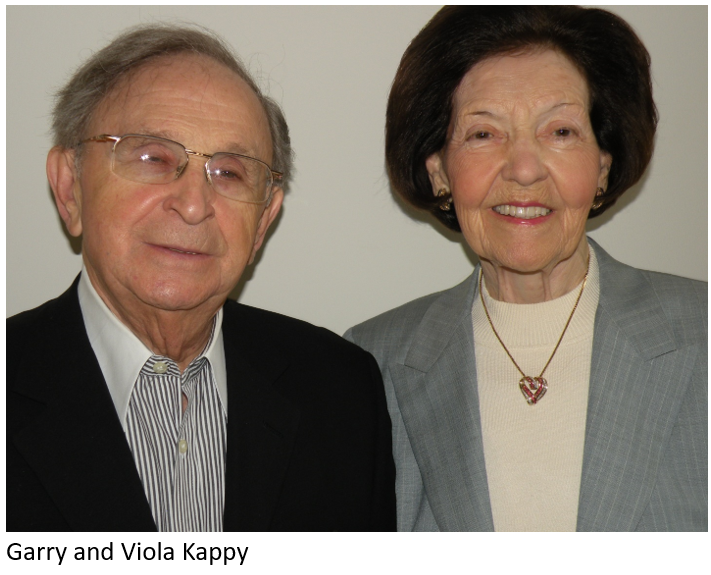
|
|
|
|
|
|
|
|
|
|
|
|
|

|
|
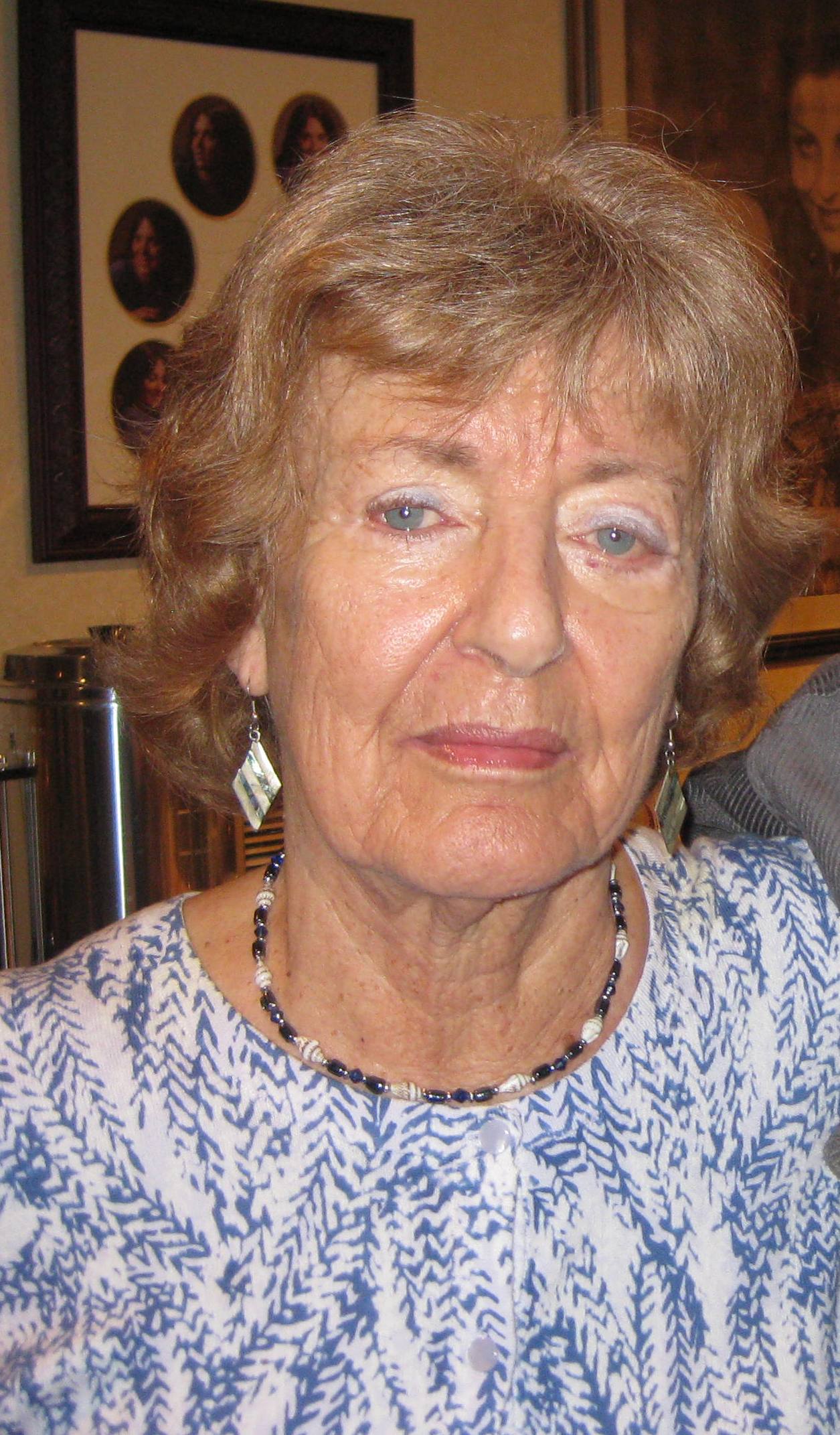
|
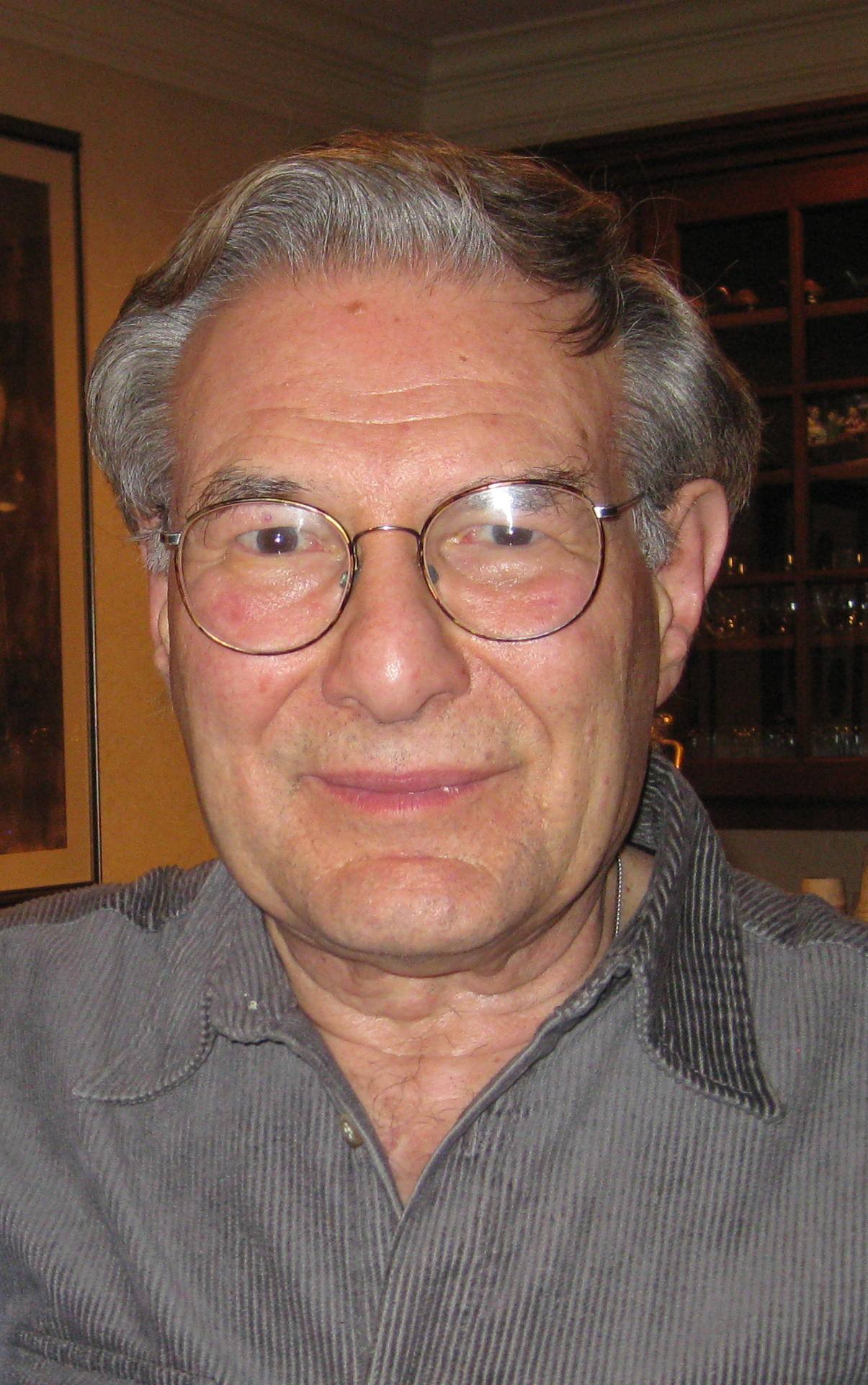
|
|
|
|
|
|
|
|
|
|
|
|
|
|
|
|
|
|
|
|
|
|

|
|
|
|
|
|
|
|
|
|
|
|
|

|
|
|
|
|
|
|
|
|
|
|
|
|
|
|

|

|
|
|
|
|
|
|
|
|
|
|
|
|
|
|
|
|
|
|
|
|
|

|
|
|
|
|
|
|
|
|
|
|
|
|
|
|
|
|
|
|
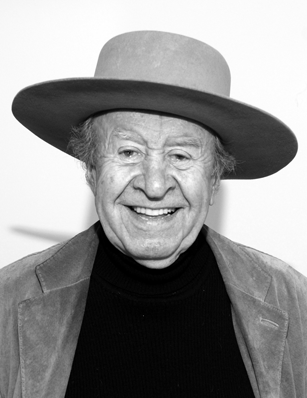
|

|
|
|
“The systematic exploitation and murder of children in the Holocaust is one of the most egregious of Nazi crimes and also one of the least documented. Many children died with their families in the mass shootings perpetrated by the Nazi Einsatzgruppen or perished from privation in the ghettos of Eastern Europe. Hundreds of thousands more children, deemed too young or otherwise unsuitable for forced labor, were exterminated upon their arrival in the death camps. These deaths, like the others, went undocumented since the children were never formally registered as camp prisoners. Those teenagers who survived selection in the camps were often worked to death. Through all these myriad ways to die, historians estimate that the Holocaust took the lives of over one million children, with some estimates as high as one and a half million.
“In this dark history, some flickers of hope and humanity can be seen in the lives of those few children who were rescued from the clutches of the Nazi regime. For example, the Kindertransports provided safe passage out of continental Europe for approximately ten thousand children. Other prewar emigration programs for children saved a few thousand more.
“At war’s end many of the children who survived the ghettos and camps found themselves as orphans with deep physical and emotional scars. Many of these child survivors managed to overcome their wounds enough to share their stories of survival, and much of what has come down to us about children in the Holocaust has come from these testimonies. These men and women have told their stories in published memoirs, interviews and oral history projects, and these accounts now stand alongside the writings, diaries, letters, and drawings of child victims—in addition to school records, medical reports, and other bits of surviving documentation—to form a partial picture of the experiences of children in the Holocaust.”
“The death toll exacted by the Nazi regime on the Jewish children of Europe is one of the most appalling chapters in the history of the Holocaust. The Nazis targeted all Jews for death, but the mortality rate for children was especially high. Only 6 to 11% of Europe’s prewar Jewish population of children survived as compared with 33% of the adults. Among the small number of European Jewish children still alive at the end of the Holocaust, thousands had survived because they were hidden. With identities disguised, and often physically concealed from the outside world, these youngsters faced constant fear, dilemmas, and danger.
“These hidden children faced a variety of difficult circumstances. Many parents sent their children into hiding with Christian families or religious institutions where they hoped the child could pass as “Aryan,” others hid in attics or cellars with the constant threat of discovery by the authorities, and some were lucky enough to have false papers that eased their way into Gentile society. In hiding, these children faced obstacles such as being forced to hide physical characteristics, learning new languages and customs, or adopting a new name or identity. Even then, some children were moved from hiding place to hiding place, sometimes living for months or years in cramped spaces such as closets, attics, cellars, or even sewers. Others, left abandoned, were forced to rely on their own resourcefulness in order to survive.
“These hidden children faced a variety of difficult circumstances. Many parents sent their children into hiding with Christian families or religious institutions where they hoped the child could pass as “Aryan,” others hid in attics or cellars with the constant threat of discovery by the authorities, and some were lucky enough to have false papers that eased their way into Gentile society. In hiding, these children faced obstacles such as being forced to hide physical characteristics, learning new languages and customs, or adopting a new name or identity. Even then, some children were moved from hiding place to hiding place, sometimes living for months or years in cramped spaces such as closets, attics, cellars, or even sewers. Others, left abandoned, were forced to rely on their own resourcefulness in order to survive.
“For many of those lucky enough to be sheltered by religious institutions or adopted by Gentile families, survival often came at the cost of their true identity. At the end of the war, many children were never told of their previous lives and prior identities, hindering attempts to reunite them with adult members of their birth families. Many adult survivors after fruitless searching were never able to relocate their children. Even those children reunited with their families often bore psychological scars imparted from traumatic wartime experiences and perceived abandonment by their parents.”
http://www.ushmm.org/research/library/bibliography/index.php?content=hidden_children
Accessed on July 19, 2011
Accessed on July 19, 2011
—USHMM #89822/Courtesy of Marion Pritchar
http://www.ushmm.org/research/library/bibliography/index.php?content=hidden_children
Accessed on July 19, 2011
— USHMM #94477/courtesy of Alfred Munzer
http://www.ushmm.org/museum/exhibit/online/hiddenchildren/shw_photo.php?title=insideX&titlePopup=1&content=94477&width=513
Accessed on July 19, 2011
Accessed on July 19, 2011
— USHMM #50334/Instytut Pamieci Narodowej—Komisja Scigania Zbrodni przeciwko Narodowi Polskiemu, Warsaw
http://www.ushmm.org/museum/exhibit/online/hiddenchildren/shw_photo.php?title=insideX&titlePopup=1&content=50334&width=417
Accessed on July 19, 2011
Accessed on July 19, 2011
— USHMM #58204/gift of Lola and Walter Kaufman
http://www.ushmm.org/museum/exhibit/online/hiddenchildren/shw_photo.php?title=insideX&titlePopup=1&content=58204&width=541
Accessed on July 19, 2011
Accessed on July 19, 2011
Some Jewish children survived the Holocaust because they were protected by people and institutions of other faiths. Children quickly learned to master the prayers and rituals of their "adopted" religion in order to keep their Jewish identity hidden from even their closest friends. This photograph shows two hidden Jewish children, Beatrix Westheimer and her cousin Henri Hurwitz, with Catholic priest Adelin Vaes, on the occasion of Beatrix's First Communion. Ottignies, Belgium, May 1943.
German police raided Christian institutions and communities to search for hidden children, so Jewish youngsters learned Christian prayers and even underwent religious rites of passage such as First Communion.
— USHMM #58197/Beatrice Muchman
http://www.ushmm.org/museum/exhibit/online/hiddenchildren/shw_photo.php?title=insideX&titlePopup=1&content=58197&width=250
Accessed on July 19, 2011
Accessed on July 19, 2011
—Israel Government Press Office (Photo #69136
http://www.ushmm.org/research/library/bibliography/?lang=en&content=children#04-survivors
Accessed on July 22, 2011
Contact us
thank you!
Your application is successfuly submited. We will contact you as soon as possible
thank you!
Your application is successfuly submited. Check your inbox for future updates.